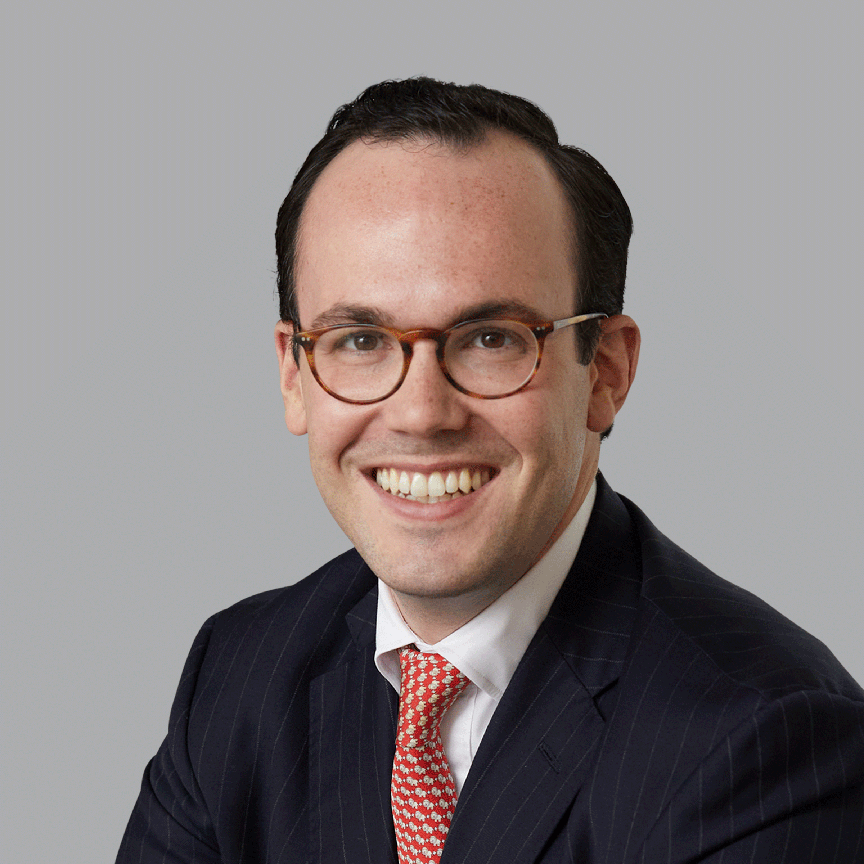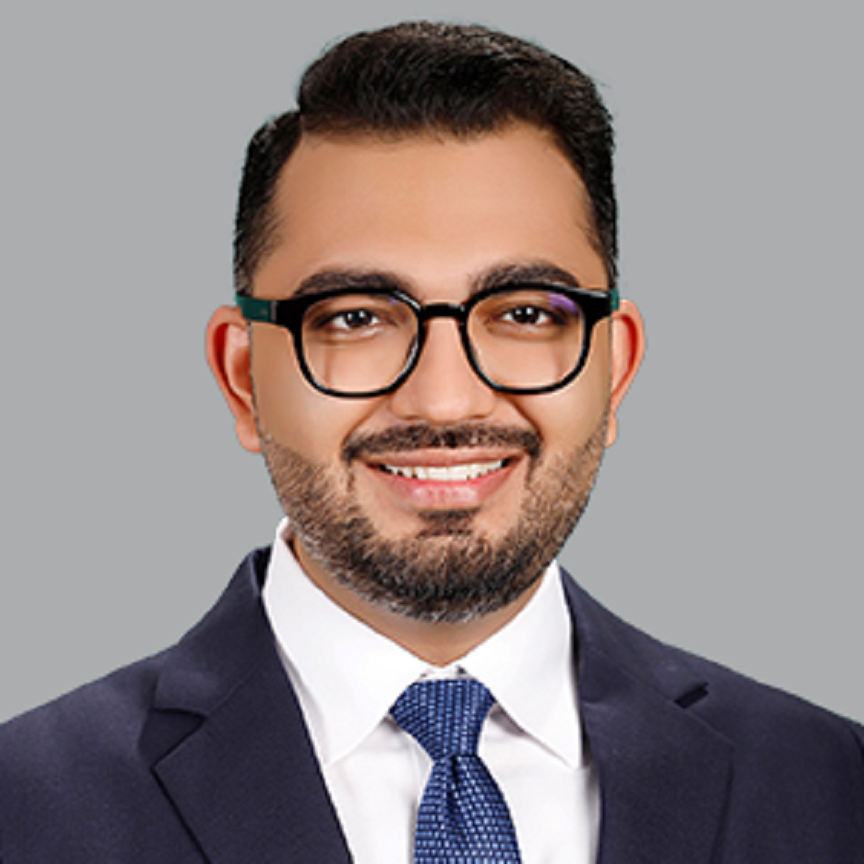
With the Fed cutting cycle likely to start in less than a month, investors should allocate to fixed income today to fully capture the decrease in yields.
Interest rate expectations have changed wildly since the start of the year. While these expectations will continue to evolve as new data are released, one thing seems clear: the Federal Reserve will begin its rate cutting cycle this year, and it will cut by more in 2024 than it had previously telegraphed. As the conversation around interest rates has evolved, so too has the conversation around fixed income investing. As a result, investors are no longer asking the general question of “does it make sense to own fixed income?” Instead, their inquiries have become much more focused: not “if”, but “when”, and within fixed income, how much duration and credit exposure should be incorporated.
To answer these questions, it is helpful to look at how different pockets of the bond market performed during previous cutting cycles. Analyzing returns in the 12 months following the first rate cuts, a number of lessons emerge:
- Now is the time to invest in bonds: Investors experienced positive performance from most fixed income sectors in the aftermath of the first cut. Interestingly, the bulk of these returns was concentrated – roughly 80% for the Bloomberg U.S. Aggregate index, for example – in the first six months after that cut. With the Fed cutting cycle likely to start in less than a month, investors should allocate to fixed income today to fully capture the decrease in yields.
- Extend duration beyond cash: Cash can feel like a safe haven in the face of market volatility. However, history shows that cash underperforms other fixed income instruments once the rate cutting cycle begins. In fact, in the last six cutting cycles, cash returned on average 2.9% in the six months post-cut, compared to 6.0% from U.S. investment-grade debt. That said, upcoming rate cuts will likely be gradual and data-dependent. This should support an allocation to short-to-intermediate duration bonds.
- Shore up on quality: While high-yield bonds have outperformed U.S. investment-grade bonds this year, history suggests that this trend might reverse once the cutting cycle begins. In the last six cutting cycles, high-yield outperformed investment-grade on a 12-month basis only once, in 1995, one of the rare instances of a true “soft landing” . At the moment, a recession in the U.S. seems unlikely, suggesting that extended credit might fare better than in previous cutting cycles. However, against a cooling economic backdrop, high quality bonds can function as a more reliable cushion against macro volatility.
All told, while interest rate volatility will likely persist in the near future, savvy investors will recognize that today’s fixed income market is remarkably attractive. However, while an allocation to high-quality, short-to-intermediate duration bonds will benefit from the upcoming cutting cycle, it is important to acknowledge that “fixed income” as an asset class is not a monolith: each sub-sector has its own nuances, risks and opportunities. As a result, as investors look to increase their allocation to bonds in the coming weeks, they must do so with an eye on active management, embracing security selection to effectively capitalize on the changing rate environment.
Capitalizing on rate cuts: Fixed Income returns following the first Fed rate cut
Total returns

Source: Bloomberg, FactSet, J.P. Morgan Asset Management.






